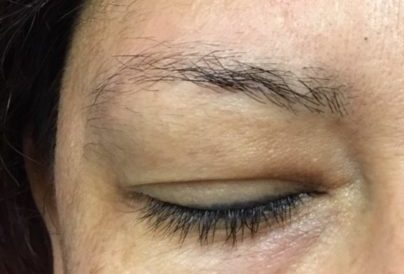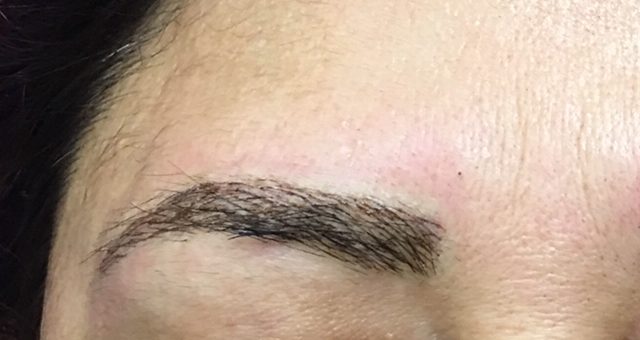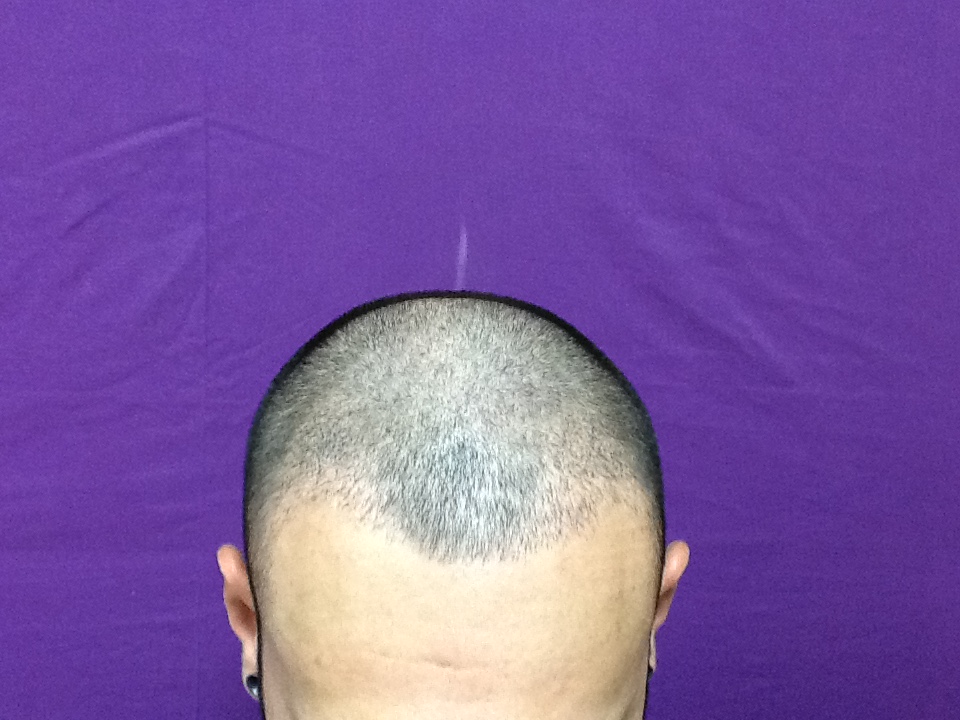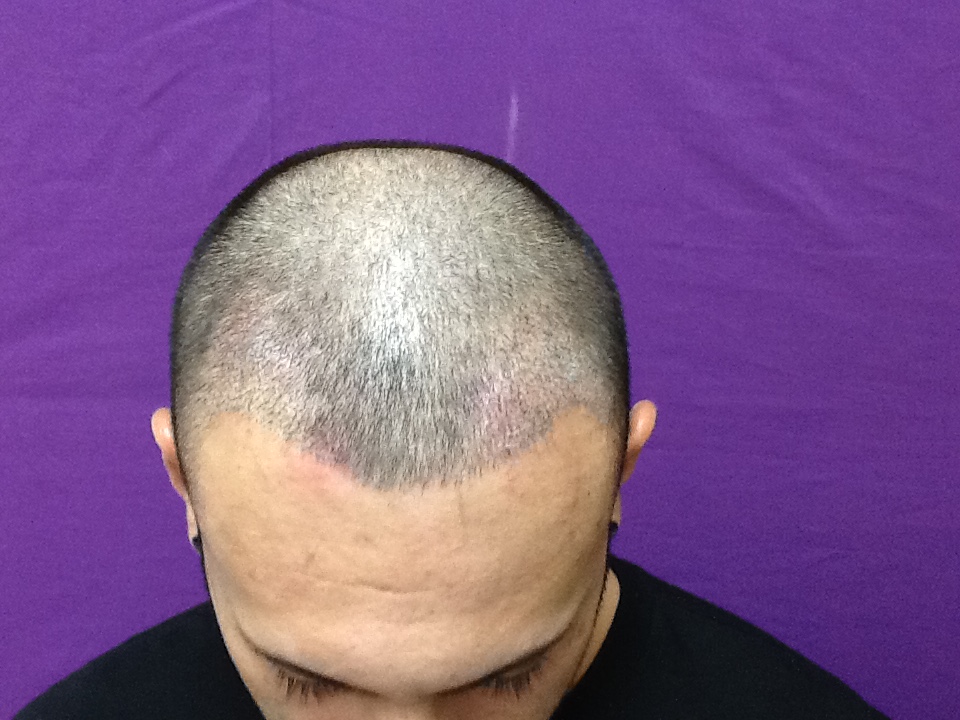Frequently Asked Questions
Frequently Asked Questions
What is Permanent Makeup?
Permanent Makeup is cosmetic tattooing. Tattooing is preformed in one of three ways, a hand tool, a rotary machine, or a tattoo machine. The goal is to get ink into the dermal layer of the skin where it will stay.
How is Permanent Makeup applied?
The process includes a consultation, the actual work, one week healing time and at least one follow up visit for evaluating the healed work. A touch up visit is necessary to complete your Absolutely Beautiful Permanent Makeup outcome.
What is the difference between Microblading and Tattooing your eyebrows?
Microblading is done by hand with a Microblade. A Microblade is a very thin row of needles that superficially slice thin lines which are then filled with ink. When it heals the ink is under the skin just like a regular tattoo, but the result is very fine hair like strokes. So Microblading is a tattoo done by hand.
Machine work or Soft Solid Brows are done with a tattoo machine that pushes the ink under the skin. Every area designed into the shape desired is tattooed resulting in a Solid Brow. As it heals the brow becomes much softer looking and the size shrinks over the next ten days after application.
There are many kinds of machines. I use a traditional Body Art Coil. The reason I don’t use a “Pen or Rotary” machine is because I do not believe they can reach the depth needed for a good result. Many artists that use these gentle machines complain it takes them two or more hours to do brows, eyeliner or lips. It takes me no more than 25 minutes. The longer the tattooing goes on the more trauma to the skin and undesirable consequences are more likely to occur. I like to get in and out as soon as possible so my clients don’t experience discomfort any longer than they have to.
Who benefits from Permanent Makeup?
Who benefits from Permanent makeup?: Men and Women!
- Anyone with skin sensitivities or who are allergic to traditional cosmetics.
- Physically active women who want to look their best for sports like swimming, hiking, biking, tennis, and aerobics.
- Women who are visually and physically challenged with makeup application.
- Women who don’t have time to spend applying and refreshing makeup throughout the day;
- Cancer survivors.
- Men and women with alopecia.
- Men and women who have invisible hair.
- Men and women who cannot grow hair due to burns, scars or over tweezing.
- Men and women who desire symmetry or definition with facial features like lip boarders, eyebrows or hair lines.
- Men who have hair transplant scars.
What Permanent Makeup Procedures are available?
Permanent Makeup procedures can be very Natural or Dramatic, options include:
- Soft Solid Filled Eyebrows
- Microblading (Individual Hair Stroke Eyebrows)
- Lash Enhancing Top and Bottom Eyeliner in black or a color
- Luscious Full Lip Color or Lip Liner, or Blend of both
- Scar Camouflage
- Beauty Marks
- Scalp Stippling
- Areola Restoration
How do I choose a Permanent Makeup artist?
ASK: How many procedures have you done? How long an artist has been in business is interesting, but some artists have more procedures under their belt in less time than the ones who have been around for a long time… How many procedures someone has done gives you insight into their experience level. Experience is more important than number of years!
ASK: Do you pencil me in first? If someone cannot pencil it for you, don’t trust they can tattoo it the way you want.
ASK: Do you give me after care instructions in writing? Aftercare is an important step in the beauty and longevity of your tattoo. If you don’t get instructions in writing, you will not care for your work properly.
ASK: Are you Licensed with the Health Department, do you have a Business License and are you Blood Borne Pathogen (BBP) Certified? You should see four licenses on the wall: a Facility License, a Practitioner License, a Business License and a BBP Certification. If these licenses are not on the wall, the PMU artist is not compliant and could pose a health risk.
ASK: How do you dispose of your needles? If they don’t say “sharps container” they are not Health Deptartment compliant, and they may not be well-educated in health safety issues.
ASK: Are your inks up to date? Some Permanent Makeup artists use expired inks because they do not do a lot of procedures and they don’t want to throw away products they paid good money for.
Other things to check…
- Look at their before & after photographs and make sure the pictures are their own, from actual clients, and not given to them by the ink companies or bought.
- Shape and color are important. Professionals have studied color theory and skin undertones so that they can help you make good decisions.
- After care instruction should be given in writing. I also have pre-procedure instructions and I take a medical health history to ensure the safety and success of any procedure I perform. There are medical conditions like fever blisters, knee replacements, and mitral valve prolapse that require special attention. If your Permanent makeup artist is not looking for these things, they are not knowledgeable and could cause easily-preventable problems.
Remember this:
- Your eyebrow color should be selected based on your skin undertones and the color of your hair and eyes.
- Your Permanent Makeup Artist should make it easy for you to reach them.
- Price is important but not the most important thing when it comes to your face. It could cost you more to remove bad PMU later, than to pay for good PMU in the first place.
Is it really permanent?
However, as with any tattoo, fading can and does occur. Permanent Makeup requires periodic maintenance to freshen up the color. I have a reduced rate for my clients who come to me over the years to maintain their procedures.
The longevity of Permanent Makeup varies from person to person, sun exposure, the color used for the procedure, after care applied, skin resurfacing chemicals, scrubs, oiliness/dryness in the skin all effect your PMU.
Ask me more about this during your complimentary consultation!
How much does Permanent Makeup cost?
I run specials every month. Be sure to ask or look at my ads in Inland Empire Magazine, the Riverside Quarterly or The Corona Coupon Express. Even if you don’t have a coupon, I honor by giving the specials to you anyway!
Without the specials prices are:
$400 for Soft Powder Brows
$450 for Microblading (3D feathered hair stroke brows)
$400 for Top and Bottom Eyeliner
$275 for Top or Bottom Liner alone
$75 for a color line in addition to Liner. Available colors in White, Beige, Green, Blue, Purple etc.
$450 for Full Lip color
$275 for Lip Liner
$400 for Areola Restoration
$75 Beauty Marks
Scars or Scalp Stippling priced at the office
Remember price is important to all of us but it is not the most important thing when it comes to your face. It costs more to remove unwanted Permanent Makeup than it does for quality Permanent Makeup to be done in the first place.
How long does it take?
Touch up procedures usually do not require as much time.
Is it painful?
Is Permanent Makeup safe?
I routinely attend Occupational Safety and Health Administration (OSHA) classes to become well-versed on the latest safety principals.
There are a few IMPORTANT things to look for BEFORE getting any Permanent Makeup applied. For your safety, I’ve listed them below.
- Your Permanent Makeup artist, and the room that they work from, should be clean and neat and have running hot water.
- All Needles should be new and sterile for each client. Needles should only be opened in your presence and disposed of in a Sharps Container, NOT the trash can!
- Disposable pigment caps to pour the ink and anesthetic into should be used and disposed of after the procedure has been completed.
- Disposable gloves, should be new for each client and changed during the procedure when needed.
- Disposable one-time use chair/bed covering should be new for each client.
- The treatment room or area should be in a space that is specifically used for Permanent Makeup.
- If you have had a knee or hip replacement or Mitral Valve prolapse ask your doctor if you need to be on an anti biotic before you have PMU.
- If you get fever blisters you must be pre-medicated to prevent an out break.
- If you have Glaucoma there needs to be a discussion about tolerance to eye pressure.
- If you have experienced a detached retina, you should have a doctors clearance before an eyeliner procedure.
These are a few of the things a knowledgeable PMU artist should be asking to ensure your safety………..Remember your health and safety are more important than your eyebrows………..
What if I don’t like it?
Please note that colors will always appear darker and more dramatic immediately following your initial procedure, but they soften, shrink and lighten during your one week healing process. Most clients love it so much they want MORE! not less…..
Be patient. Trust the process…..
Your follow up (touch up) appointment is included in your procedure pricing.
Lip color can take up to three weeks to reflect the true final color because lips take longer to heal.
Please be patient and call me with any concerns that you have and know I care about your Permanent Makeup success.
Are there any side effects from the procedure?
Eyebrows do swell a bit, this makes them look thicker and darker than they will when they heal.
Eyeliner could bruise and swell. Icing after the procedure helps! Be pre-pared with glasses to leave my office if you wear contacts.
Lips can bruise and swell. Ice Ice Ice!
I have a Pre-Procedure protocol I go through with everyone who makes an appt to help prepare and minimize swelling and bruising.
If you are taking blood thinners, please speak to me in advance of your procedure, especially if it is an eyeliner.
With any Permanent Makeup procedure, you may experience some tenderness for a few days. And your color will appear much darker than you may expect for the first seven days. Be patient, The color will soften.
A professional Permanent Makeup artists will require a client medical history with pertinent questions before any procedure. So that I can assess different factors that may contribute to your experience please share any relevant information with me during your medical history so that I can ensure a successful, safe experience for you.
Do the Permanent Makeup pigments pose any allergy issues?
Because Permanent Makeup pigment allergies are rare, some doctors even recommend that if you have environmental allergies, or allergies to conventional makeup, Permanent Makeup might be a good alternative for you because it replaces cosmetic products that you might be sensitive to.
Pigment suppliers are required to list their ingredients on the pigment labels, so if you have a known allergy to something specific, ask your artist! (And if he or she is unwilling to review the label with you, pay attention… it could be a red flag.)
Are medical complications a possibility?
Post procedure instructions, if followed carefully, greatly reduce any risk of complication.
Medical problems associated with permanent cosmetics are often linked to prior medical conditions and poor after care. Make sure your medical health history and the after care instructions are thorough.
What’s a Touch-Up and do I need one?
Please know that I tattoo conservatively to leave room for adjustments. It is my experience that most people need to get used to their fresh procedure, and I would rather have you come back and say, “I get it now, more please!” Your touch up appointment is included in the pricing.
I do recommended that your touch up appointment be no sooner than two weeks after your original procedure. This gives your body a chance to heal, and your color a chance to settle in. Three weeks is ideal.
Before you leave my office I will book your next appt unless you need to call me for a time.
What are Organic Pigments?
Organic Colorants
Most of the organic colorants used in tattoo pigments come from synthetic sources – meaning they are produced in a laboratory rather than originating from a natural source.
Synthetic sources (those produced in a laboratory) allow the manufacturer to ensure purity of the pigment.
To create an organic colorant, the manufacturer might start with a soluble organic dye, and turn it into an insoluble compound by adding a metal salt so that it does not dissolve in skin fluids. Even then, some organic colorants may have a pH solubility range, so it is important not to apply acids or alkali creams and lotions to your skin before or after your cosmetic tattooing as they may affect the tattoo pigment.
Inorganic Colorants
Inorganic colorants do not have a carbon atom, and they are usually metal oxides and salts which might come from natural source such as ores. They can also be synthetically produced in the laboratory from refined raw chemicals to provide greater purity.
Examples of inorganic colorants are iron oxides, chromium oxides, titanium dioxides, etc.
Which Colorant Is Best
The choice to use organic or inorganic pigment takes into consideration factors related to the use of the pigments such as how the color takes to the skin and how quickly it may fade with exposure to UV light (called “light fastness”).
The debate over organic vs inorganic rages on, but the reality is that you can choose good quality colorants from both types. What your artist uses for your procedure will depend on your skin type, and your procedure.
You can be confident that I am very careful with my selection of both the type of pigment and the source of the pigments. I only choose pigments that are specifically manufactured for Cosmetic and Medical Tattooing. I will only chooses the very best pigments for your specific procedure.
Special thanks to Andrea Darby for her help with this FAQ!
See the transformations some of my clients have experienced…






